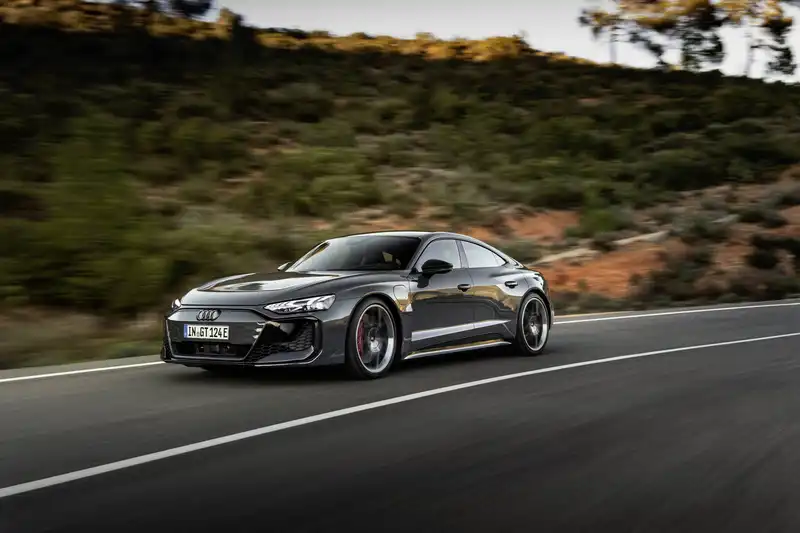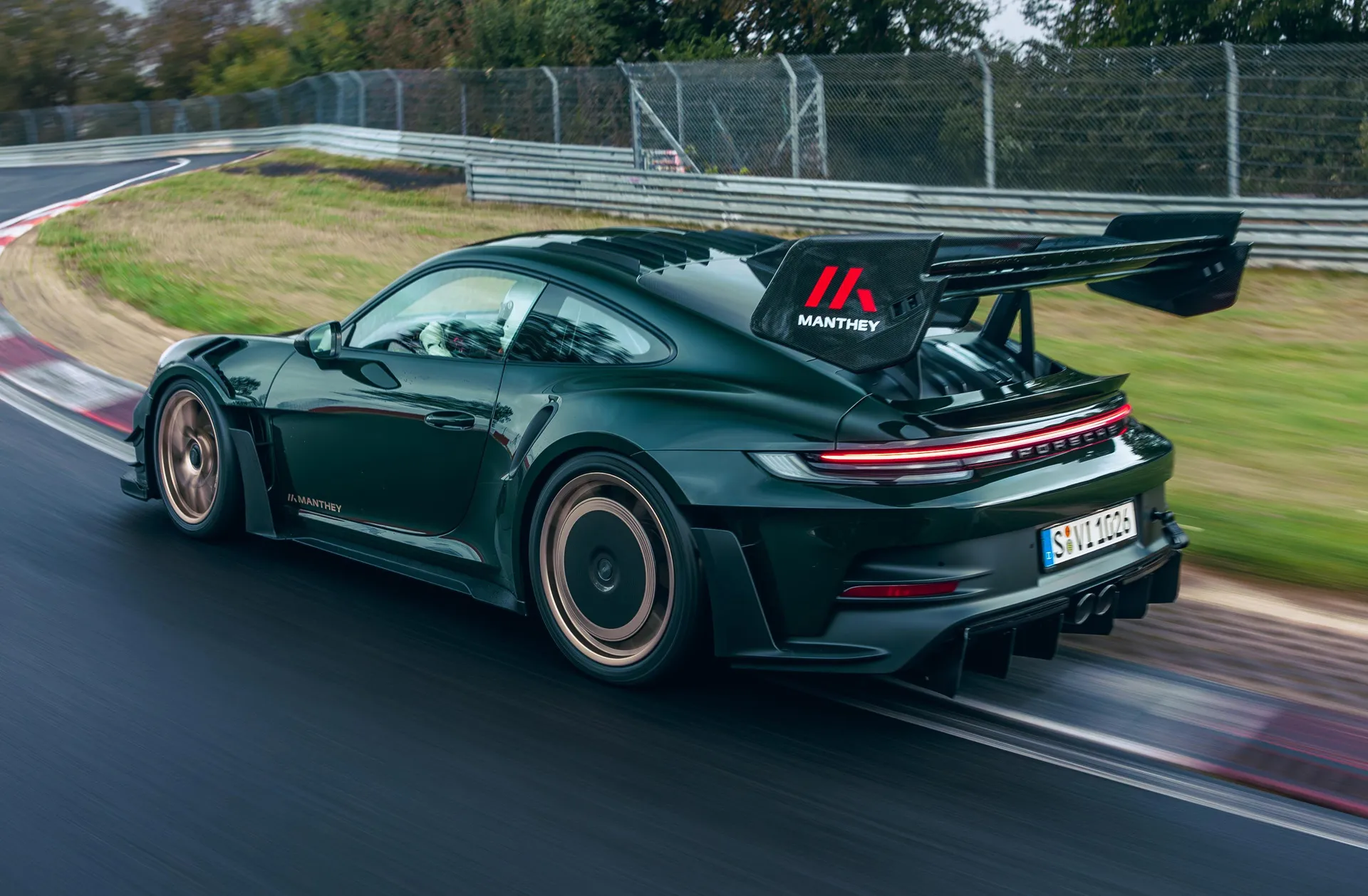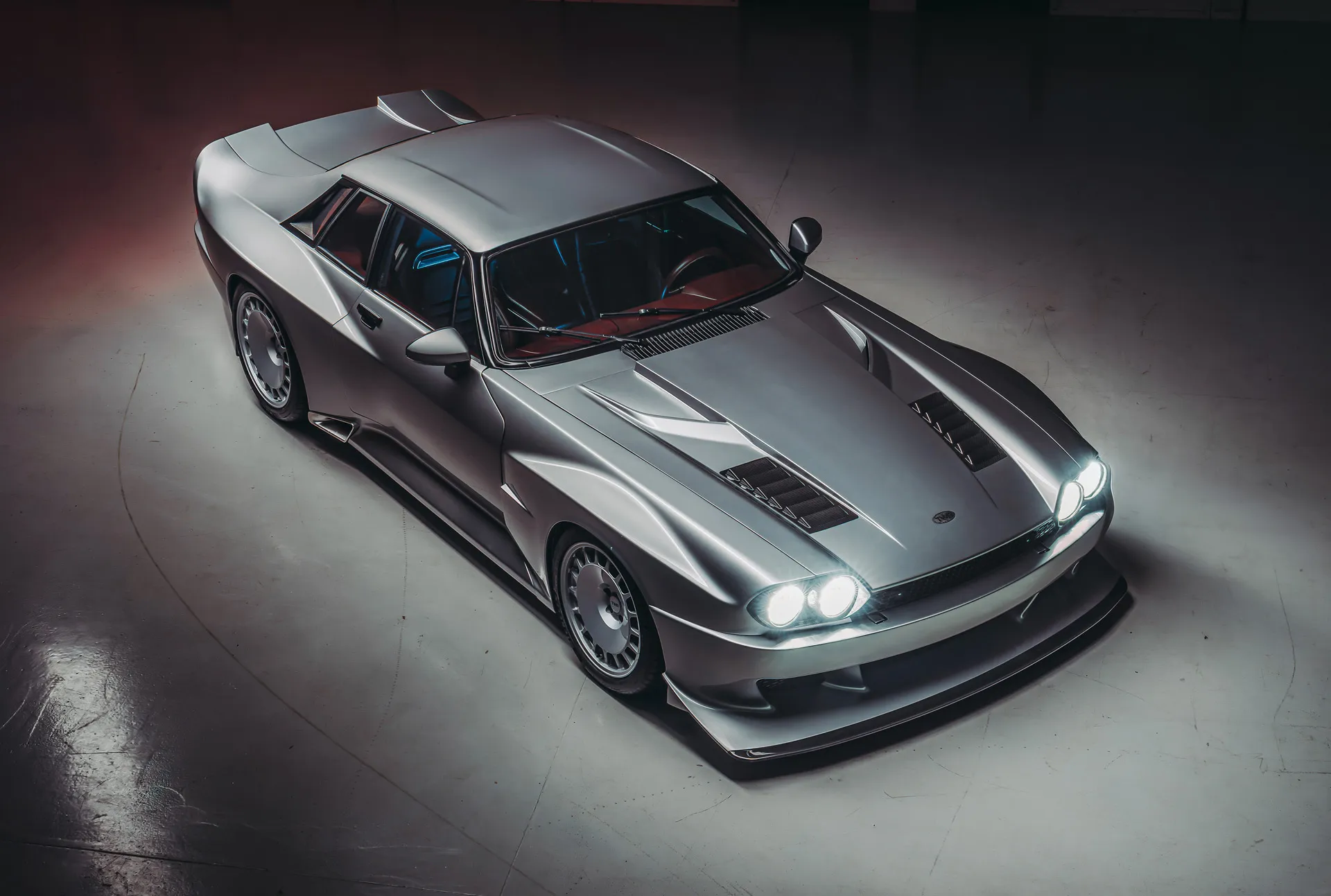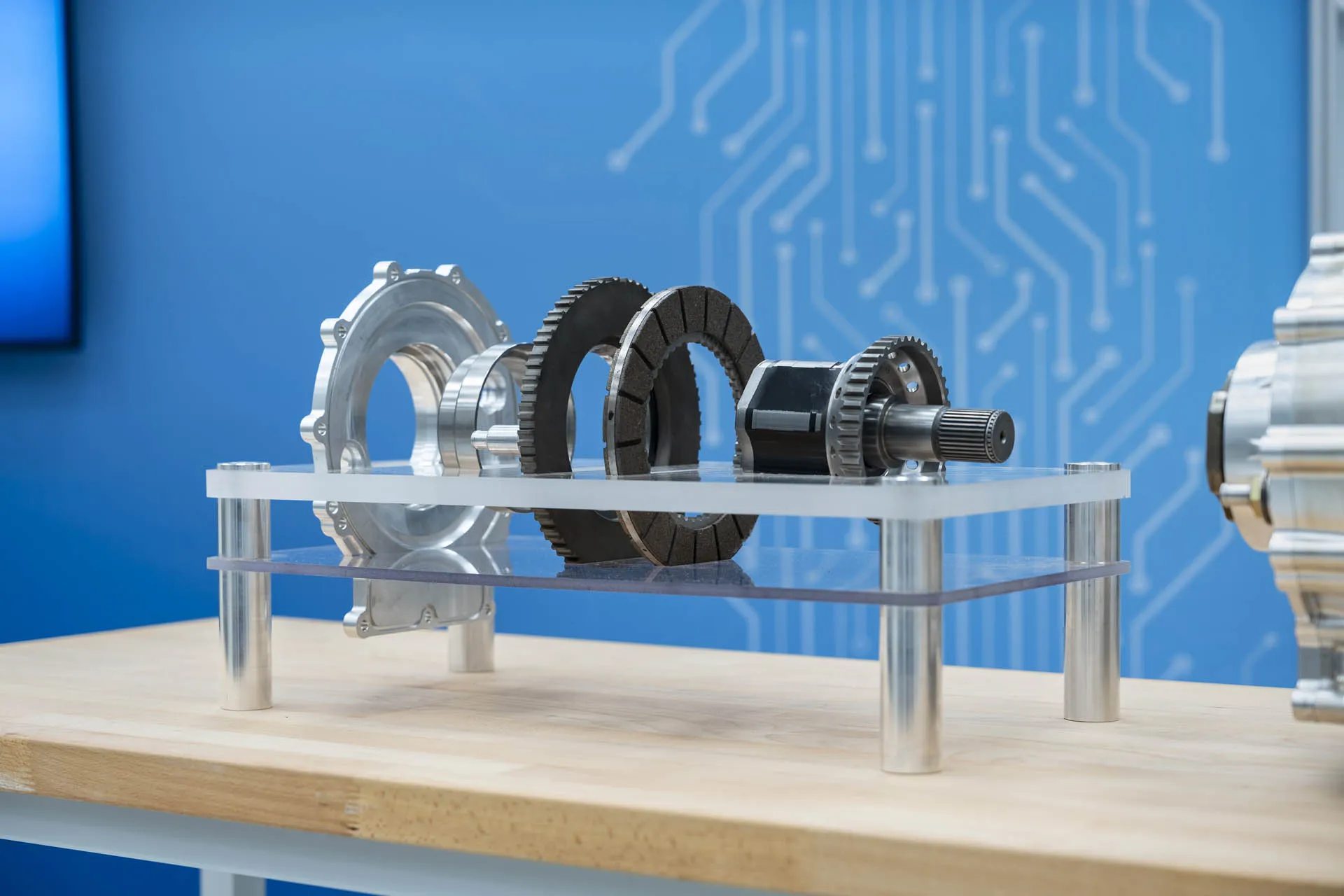Engineers laser scanned all Blower Bentley parts and fabricated new parts.
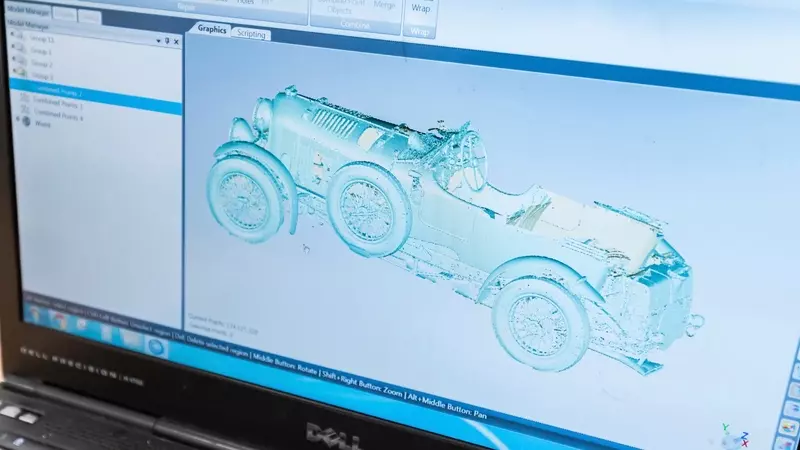
Bentley plans to create a continuous series of 12 1929 Team Blower cars. To accomplish this, Bentley disassembled and laser scanned the original cars to create a digital reference from which new parts could be made.
The car used was chassis HB 3403, one of four original cars built and raced by Sir Tim Birkin and currently owned by Bentley According to Bentley, two CAD engineers measured and scanned various parts of this car and According to Bentley, it took a total of 1,200 man-hours to measure and scan the various parts of the car. Due to the ongoing coronavirus outbreak, some of the work was done remotely, the automaker said in a press release Thursday.
The work resulted in a CAD model containing 630 parts in 70 assemblies. The file size exceeds 2 gigabytes.
The dismantling work gave Bentley the opportunity to restore the HB 3403 chassis, which is still regularly used at events such as the Mille Miglia, Goodwood Festival of Speed and Pebble Beach Concours d'Elegance. This opportunity has been utilized to conduct.
The CAD model will serve as the basis for manufacturing 12 sets of new parts for the successor car; according to Bentley officials, the car will be built using original molds, tooling and hand tools from the 1920s, as well as modern technology.
The continuation cars will be built to match the original. This means that they will be powered by a 4398cc 16-valve four-cylinder engine with an aluminum crankcase, cast iron cylinder liners and non-removable cast iron cylinder heads. As the name suggests, the engine will be supercharged, exactly replicating the Amherst Villiers Mk IV root unit fitted to the 1920s original. Output is expected to be 240 hp at 4,200 rpm.
The design will have a stamped steel frame with semi-elliptic leaf spring suspension and replica Bentley & Draper shock absorbers. The car would also be equipped with original 17.75-inch diameter Bentley-Perrot drum brakes and worm-sector steering.
Several automakers have produced continuation cars based on 1950s and 1960s models, but Bentley claims to be the first to bring back a pre-war car. The appeal of continuation cars is that they can be used more often than the originals.
